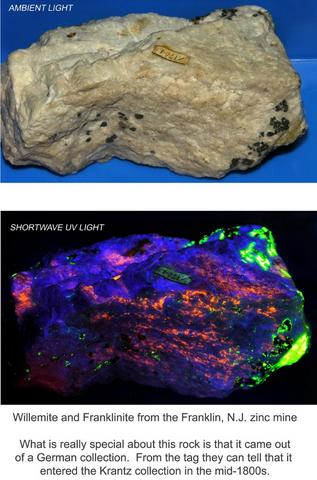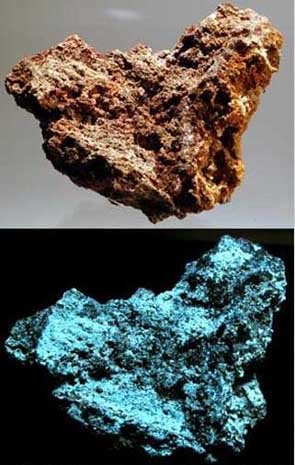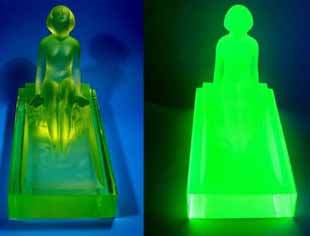World's Largest Radio Telescope - Very Large Array

A little over 40 miles West of Socorro, New Mexico and 34 miles East of Old Horse Springs and Pie Town there is a beautiful flat grassy mesa up at 7,000 feet above sea level (2.150 meters) called The Plains of San Augustine.
 It is situated well away from any sources of radio interference.
It is situated well away from any sources of radio interference.My little doggie Inu and I walked around the site. They have a nice museum and a self guided walking tour. There were no signs saying that dogs had to be on the leash, so Inu just walked with me. This area is also a wildlife refuge with lots of antelope (and rabbits). Well, Inu considers it his mission in life to chase all rabbits, so he was in heaven. I thought he was going to have a heart attack!
Located here in the San Augustine Plain is the world’s largest radio astronomy observatory called the Very Large Array (VLA).
There are a series of 27 massive satellite dishes which can be moved around on a set of double railroad tracks. Weak radio waves from celestial objects are collected by these antennas.
 It was built in the late 1970’s and is currently being used by astronomers from around the world.
It was built in the late 1970’s and is currently being used by astronomers from around the world.These dishes are 82 feet in diameter (25 meters) and weigh 230 tons each. They are specially built so that their parabolic surface has an accuracy of 0.5 mm (20 thousandths of an inch). This enables the antennas to focus radio waves shorter than one centimetre. The antennas can track an object with an accuracy of 10 seconds of arc, which is 1/180 the diameter of the full moon. So this observatory can see as well as the largest earth based optical telescope.
What satellite TV enthusiasts would call the LNBs are cooled to -427 degrees below zero F to lower internally generated noise.

The biggest configuration of these dishes is in a Y pattern, with each arm of the Y being 13 miles (21 km) long. This simulates one great big radio antenna 17 miles (27 km) in diameter.
Since radio waves aren’t bothered by daylight or clouds, this telescope can be used 24 hours a day, 7 days a week.















